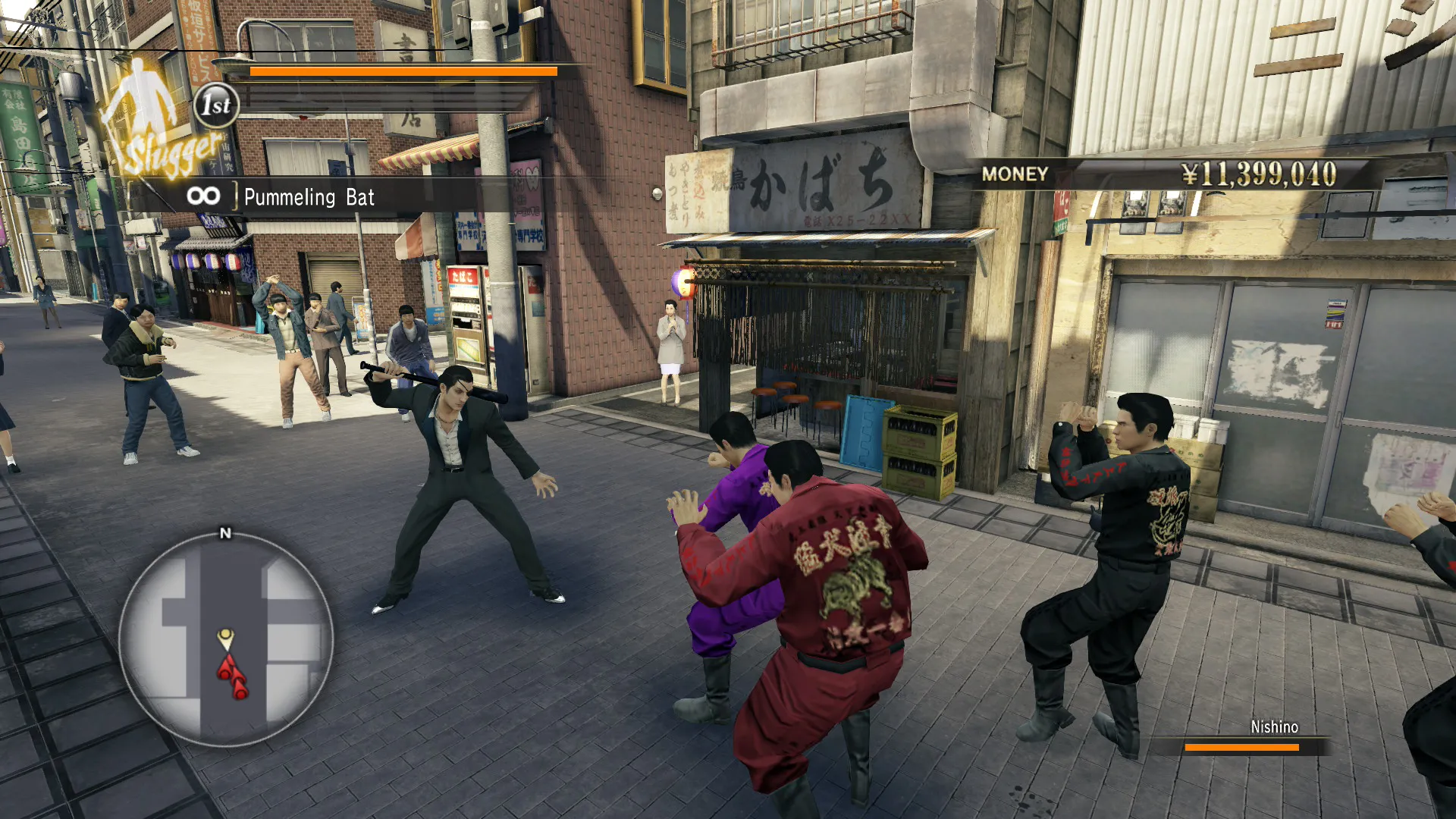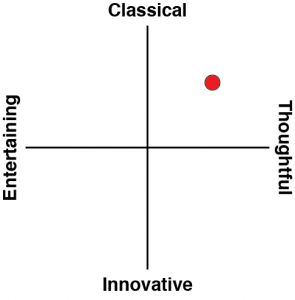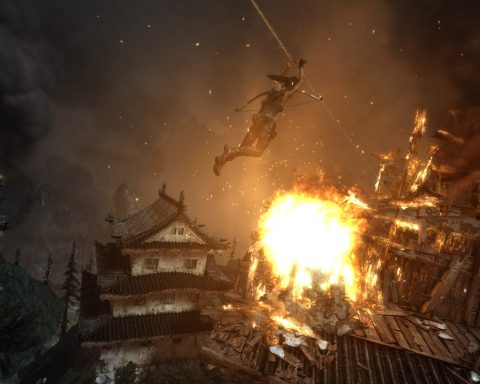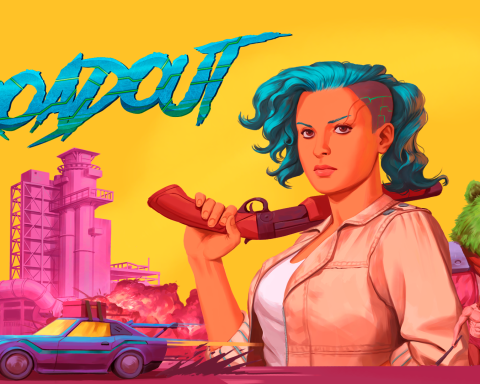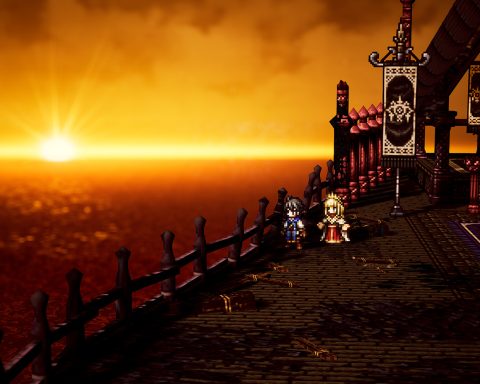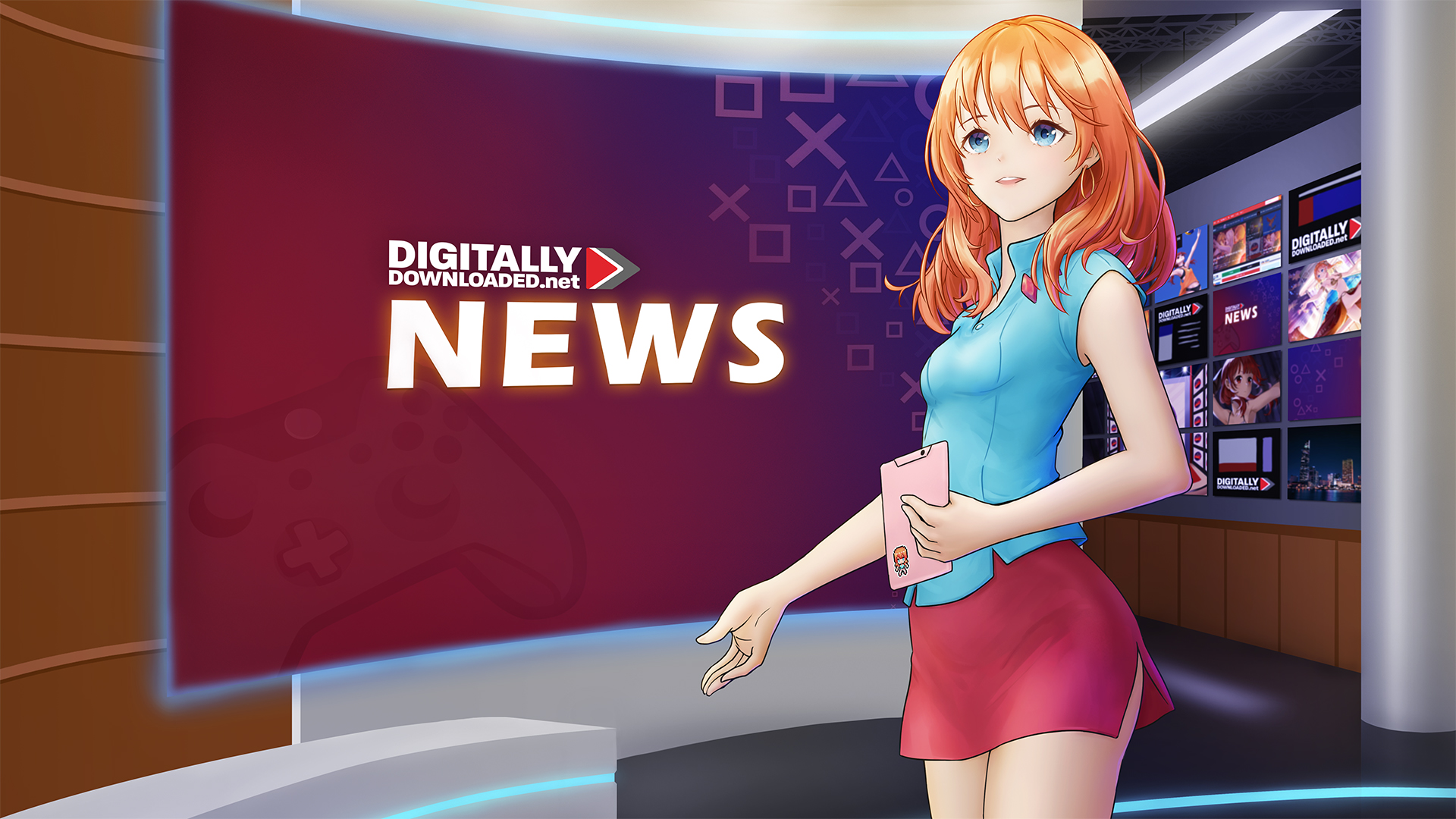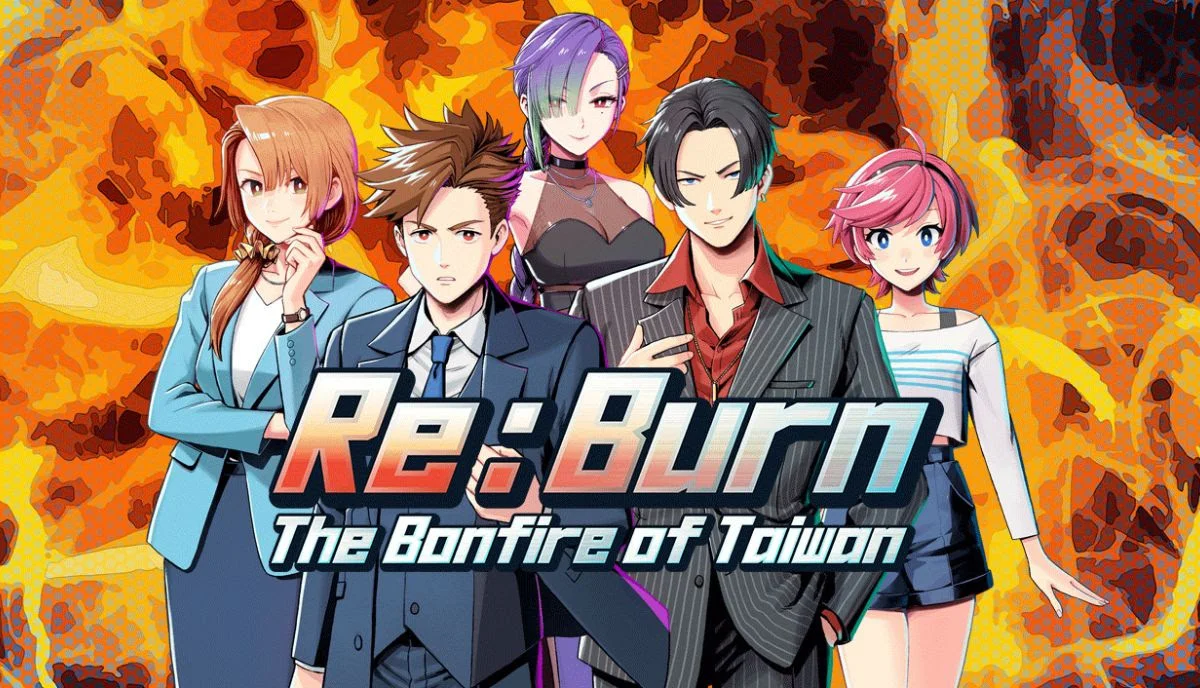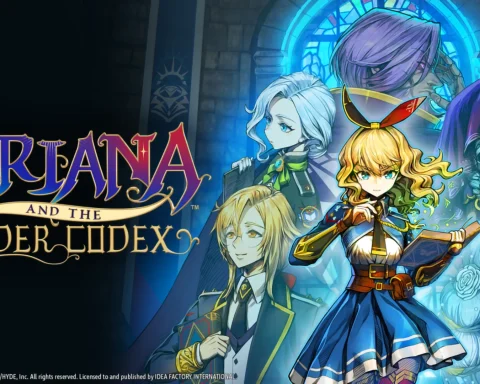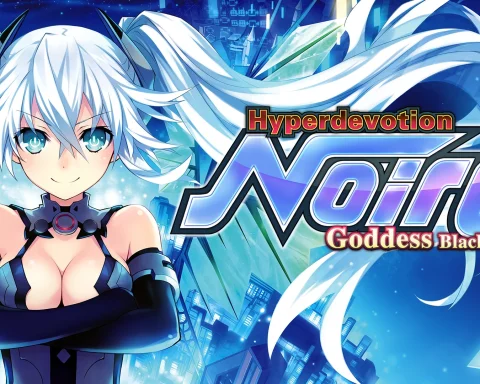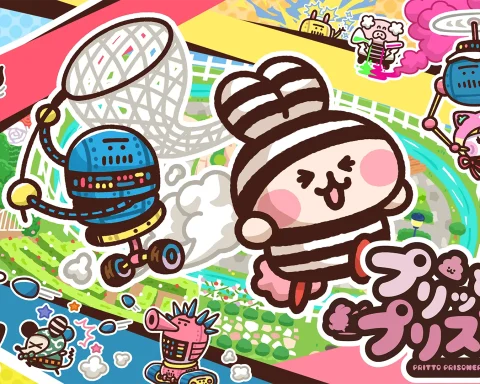Yakuza 0 is in so many ways the finest game in a very fine series. The development team took full advantage of it as a prequel to not only tell the story of where series protagonist, Kiryu, and favourite frenemy/rival, Goro, got their start, but also capture a unique moment of Japanese history in the 80s.
The 1980s in Japan was the height of the nation as an economic and cultural superpower. The “bubble” era saw nine of the world’s ten largest banks housed in Japan, half the global stock market capitalisation traded on the Tokyo Stock Exchange, Tokyo ALONE had a GDP larger than the entire United Kingdom, and pachinko arcades earned more money than the entire GDP of Korea. It’s difficult to conceptualise just how much Japan as a nation and economy was flying high in those years.
As they say what comes up must also come down, and the subsequent “lost decade” and ongoing stagnation in Japan’s economy has resulted in many people of Millennial age and older looking back at the aesthetics and noise of ‘80s Japan with a kind of nostalgia that isn’t felt in other places in the world. That nostalgia is what Yakuza 0 taps into so incredibly well. It’s not just that it presents the era and then allows people to remember the “good old days,” either. Yakuza 0 really uses the setting, with much of the series’ iconic humour being found in us, the audience, knowing full well what comes after the ‘80s, and then watching the characters behave without that knowledge. My all-time favourite joke in the Yakuza series comes from 0, as a Kiryu sidequest sees him give taxation advice to an official, which the audience knows becomes Japan’s tax law thereafter. The (fictional, we assume) idea that what was a pretty controversial but seen as ultimately positive tax system came from the mind of a yakuza member is just very, very funny.
Equally as appealing as the humour is that Yakuza 0 is authentic to the various yakuza fantasies that are popular in Japanese media. Rather similar to how we have B-grade action heroes in the west, like Steven Seagal, Jean-Claude van Damme and Chuck Norris, in Japan, they have specialist B-grade yakuza film actors, and this game is filled with painstakingly accurate renders of them. It won’t mean too much to most westerners that Hitoshi Ozawa, Riki Takeuchi and Hideo Nakano are named in the credits, but it’s significant for establishing Yakuza 0 as a real-deal, hardcore yakuza story.
In many ways, the yakuza story is Japan’s contribution to the noir tradition. It’s not that they’re stories, films, and games about detectives running around solving mysteries (though there’s certainly an investigative undertone about Yakuza 0), but rather, the same sense of moral conflict and the exploration of the dark underside of society that is so critical to the noir genre is very prevalent to yakuza stories.
Obviously, on an objective level, what these people do – and the way they are portrayed in games like Yakuza 0 – cannot be called “good”. Beyond the violence they commit towards one another, each character in Yakuza 0 gets up to a wide range of illegal activities; rather than resolve disputes through the legal channels, even with the more legitimate business activities they’re involved in, they instead engage in corporate espionage, intimidation, and other underhanded tactics.
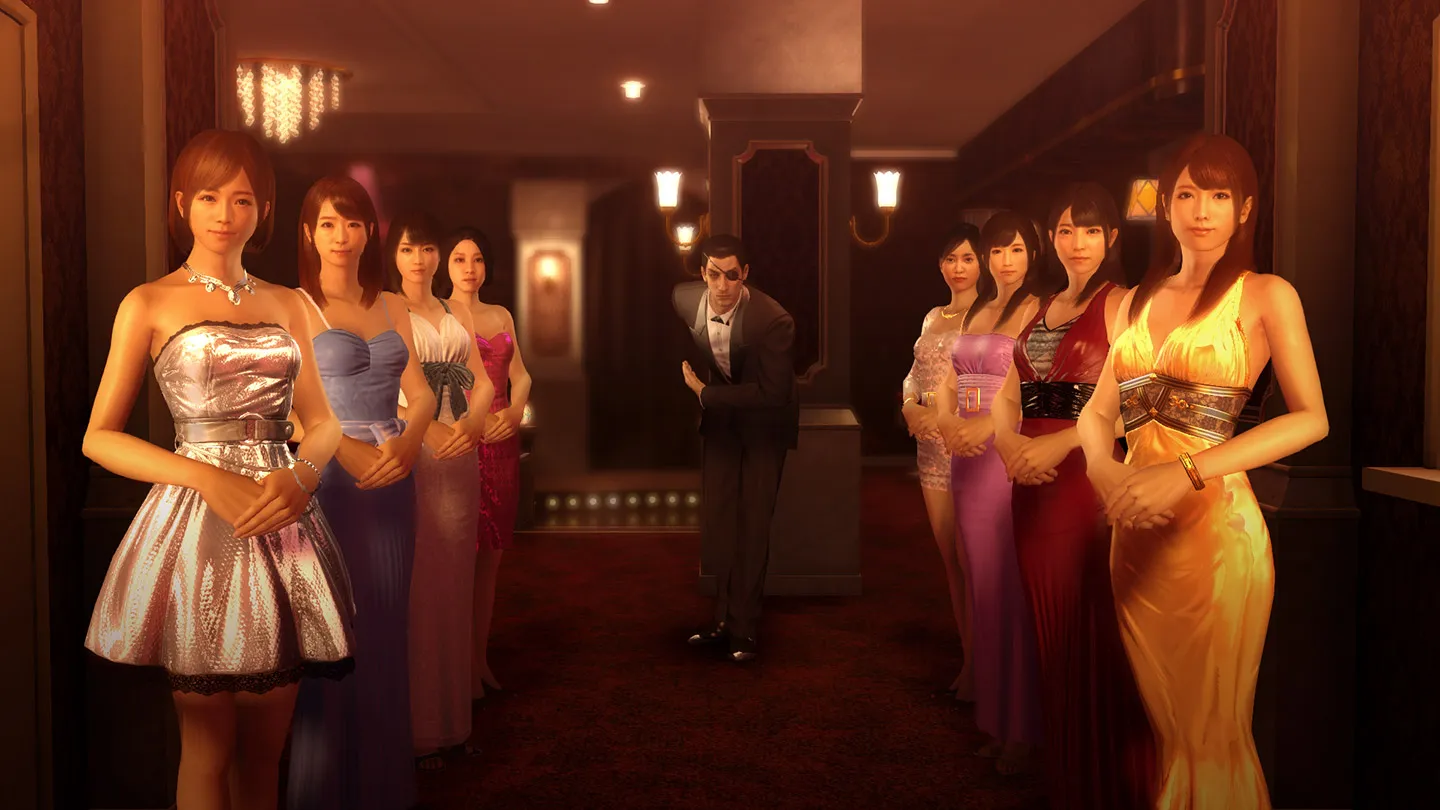
And yet, as anti-heroes, we’re meant to quite like the protagonists of Yakuza – and even the antagonists. There’s a distinct code of behaviour that they all adhere to; a thick, imaginary textbook of codes, rights and responsibilities of each member of the family or clan. One of the critical ones is not to go after “civilians” (non-yakuza); a code that the yakuza in the real world also believe in. Wars between yakuza is one thing – to bring civilians into it would be to encourage the wrath of the police, and that’s no good for the yakuza at all. In the world of moral debate, one of the great conflicts is between Aristotle and Kant. The yakuza very much reflect an Aristotelian view of morality: that the purpose of being moral is to create happiness for yourself. The yakuza code of ethics largely revolves around doing things that allow them to continue operating without drawing the police down on them (thus making them “happy”), but whatever the reasoning behind it, it does mean there’s an odd nobility to what these characters get up to. Especially the ones who end up taking on the more corrupt members of the clans, as Kiryu and Goro do.
This complex web of morality and counter-morality is one common theme to the noir genre. The other is that of decadence; of beautiful femme fatales, of the playgrounds of the rich (and thus the corrupt), and where it both contrasts and overlaps with the seedy underbelly of society and all the raw sex that involves. Yakuza games are infamous for their portrayal of stunningly beautiful women (models take their auditions very seriously to get into these games), and Yakuza 0 turns all that up to 11. The catfights are downright erotic in tone, as are the gravure videos. Elsewhere, the protagonists can use a phone service to call up girls – a phone-dating service, of sorts – where the goal is to seduce them to the point where they agree to meet up with the guy for a date, and then they end up in a hotel room. In contrast, there is the series’ customary representation of the sheer wealth and beauty in the high-end hostess clubs, complete with women dressed in the most luxurious clothes imaginable. While you could make comments about the portrayal of the women in Yakuza 0 (and every other Yakuza game, and the noir genre as a whole), much like the James Bond films, there is something undeniably entertaining about the game’s sexiness and sensuality.
All of this (and I do discuss it at even greater length in my review of Yakuza 0’s original release) really shines on the Nintendo Switch 2. The developers have managed to push the frame rate to 60 FPS, without compromising on any of the details that we saw in the original game. It’s actually impressive to be able to see skin textures on the Switch 2 in handheld mode – more proof that the screen resolution is ideal for a screen of this size.
The downside is that there’s a fair amount of pop-in for assets that you’ll see as you wander around town. That is a little immersion-breaking, but when you consider just how compromised the port of Yakuza Kiwami was to the original Nintendo Switch, it’s easy to see that this series’ future on Nintendo could be very bright from this point.
Performance enhancements aside, the director’s cut also includes 26 minutes of additional footage, and that’s significant in getting more out of the character’s stories. There’s also a new multiplayer mode, called “Red Light Raid,” which features 60 playable characters. This mode allows you to fight wave after wave of enemies. The combat of Yakuza is not why I play the series, personally, but it is, of course, wildly popular, and this is an excellent way to enjoy it in isolation with friends.
“Director’s Cut” is the right term for this Yakuza 0 release. The biggest addition is additional minutes of narrative footage, and it’s been spruced up to work on a handheld console for the first time. That’s really all it needed, because it was already the pinnacle of one of the greatest JRPG properties we’ve ever seen.



